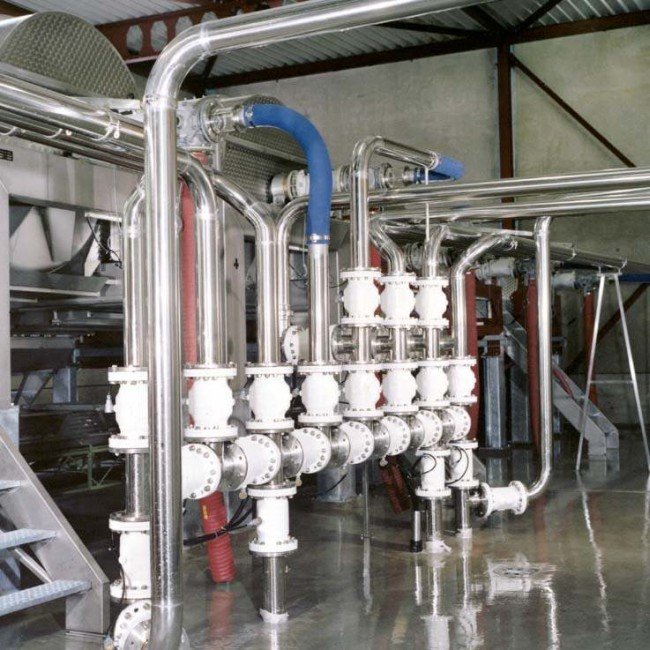Introduction
A valve is just like a gate to enter for liquids and gases. There are so many valves that help machines run smoothly. But today, we are going to compare the proportional pinch valve and the traditional valve. We will compare their advantages and main differences, so read this blog till the end!
What each valve does
A traditional valve can just open or close a gate fully. This means a liquid or gas can fully pass through it or stop. On the other hand, a proportional pinch valve works in such a way that you can control how much fluid or gas can pass through the gate. You can set any level of flow between the fully open and fully closed positions of the valve.
How do they control the flow?
Traditional valves use fixed parts that move into the path. They change flow in steps. The pinch valve uses pressure on a tube to control flow smoothly.
Everyday examples
A traditional valve is like a faucet you turn on or off. A pinch valve is like pinching a straw to get the right sip size. You pick the valve that fits the job.
Key differences in simple terms
- Action: Traditional valves block or let flow in steps. Pinch valves squeeze the tube and create a smooth change.
- Contact: The fluid stays inside the tube in a pinch valve and does not touch the moving metal parts. Whereas the fluid touches metal in most of the traditional valves.
- Maintenance: A pinch valve usually only requires replacing the flexible tube when it wears out. Whereas traditional valves may need more complex maintenance, such as fixing or cleaning internal parts like discs, seals, or other components.
- Precision: The pinch option gives fine control. Traditional valves work well for on/off jobs.
Advantages of the pinch valve
A proportional pinch valve gives smooth control. It keeps the fluid inside the tube. It makes cleaning easy when the tube is disposable. It can handle sticky or abrasive fluids without wearing the internal metal parts.
When to choose each one
- Choose a traditional valve when you need a simple on and off action or high-pressure control.
- Choose a pinch valve when you need gentle, steady control and easy cleaning.
Simple care steps
- Check the tube often for cracks.
- Replace the tube before it fails.
- Keep the control unit dry and free from dust.
- Use the right tube material for the fluid.
FAQs
Can a pinch valve handle bits and chunks?
Yes, the soft tube can pass chunky bits without the valve’s metal parts touching them. This lowers clog risk.
Is the tube hard to replace?
No. You can swap the tube in a few minutes with simple tools.
Will a pinch option work for sticky fluids?
Yes. The fluid stays inside the tube and does not grind on metal parts.
Quick test to decide
Ask three questions:
- Do I need smooth control or just on/off?
- Will the fluid clog or wear metal parts?
- Do I want simple tube replacement or full valve repair?
If you answer mostly smooth control and easy cleaning, pick the pinch option.
Safety and cost
Pinch valves can save time on cleaning and cut replacement costs for the flow path. Traditional valves may cost less to buy and last longer under very high pressure. Both types work safely when installed correctly.
Short checklist for buyers
- Know the fluid type.
- Check pressure and temperature needs.
- Think about cleaning and downtime.
- Decide if smooth control matters.
Try an on-site test to see which valve meets your needs, and ask a technician about pressure and tube materials ahead of time.
Conclusion
Both valve types help move fluids. The pinch style performs better when you want fine control and easy cleaning. Traditional valves work well when you need simple power and long service. Use the quick test and checklist above to choose the right one for your job.









